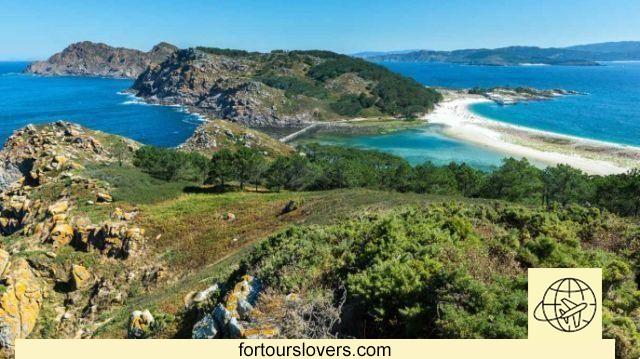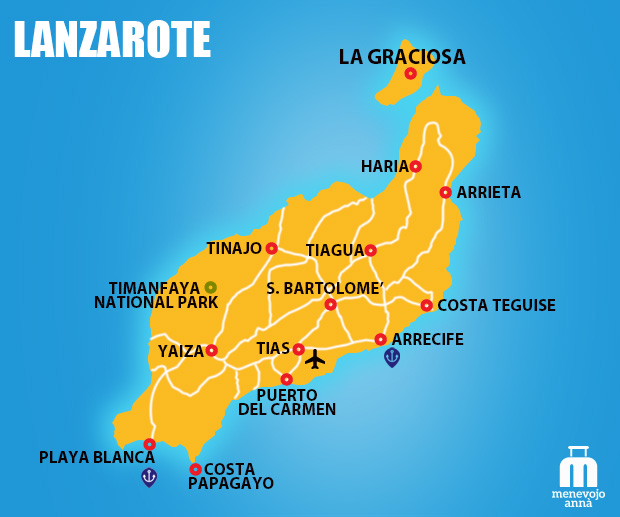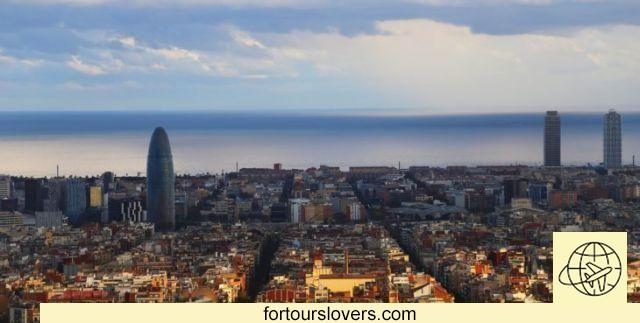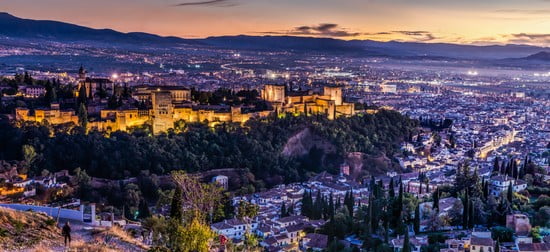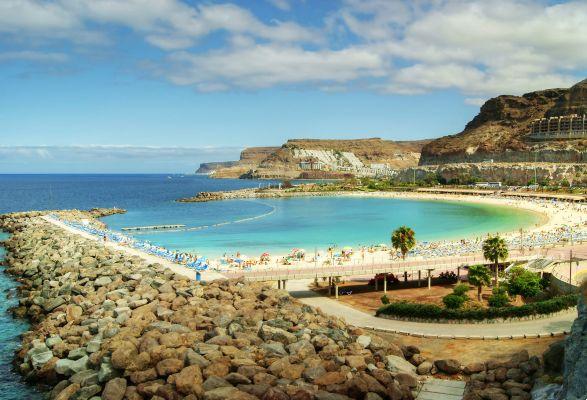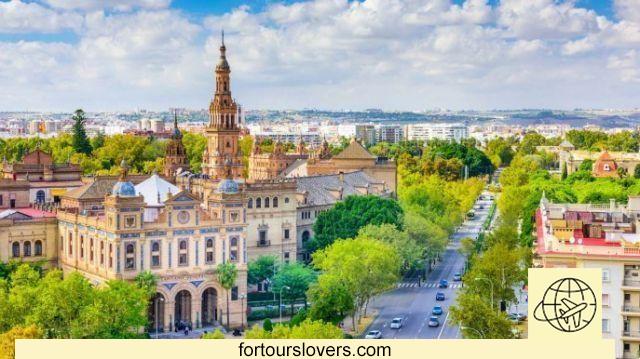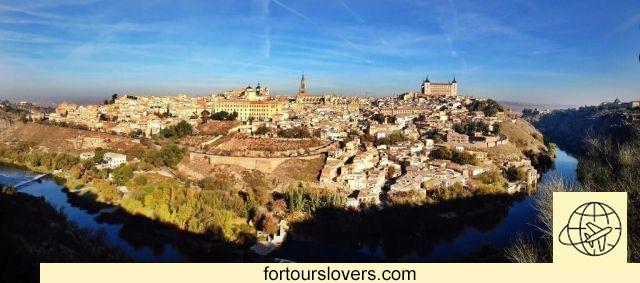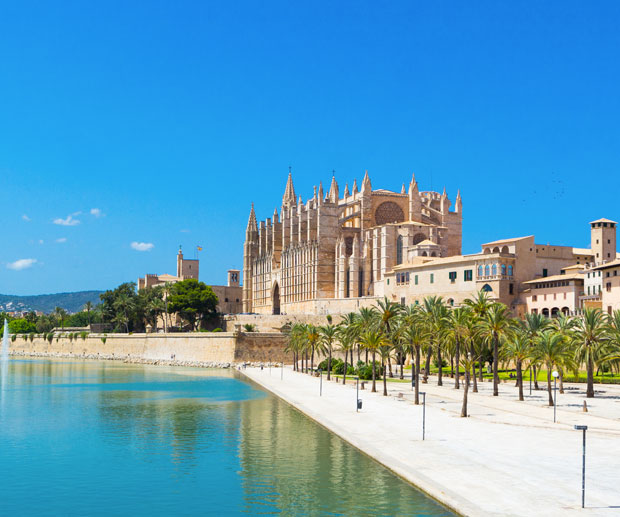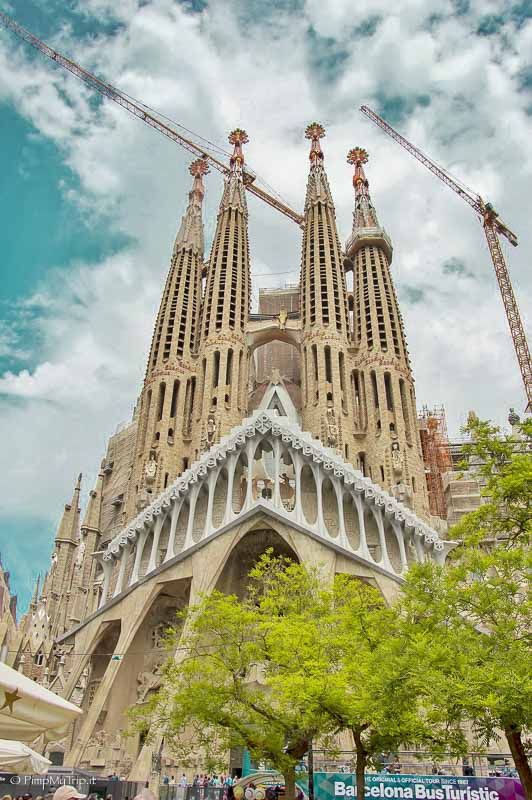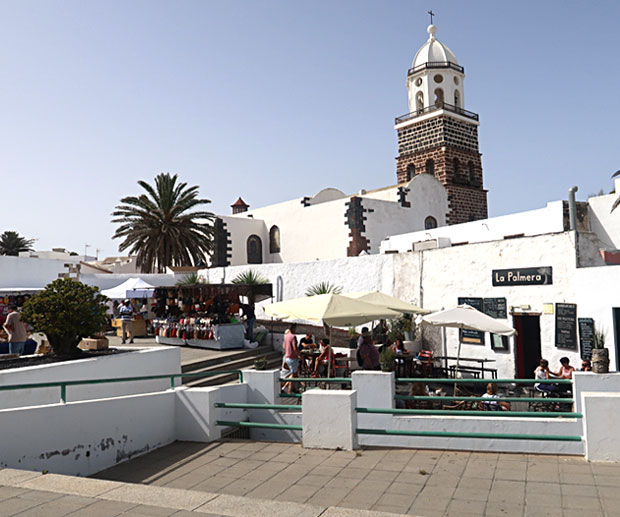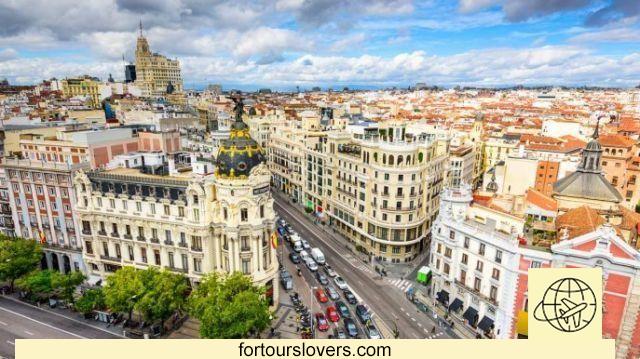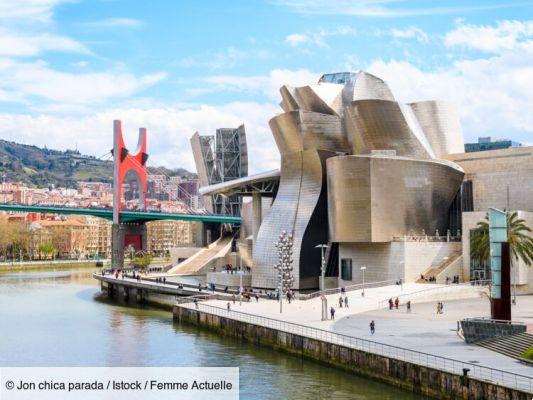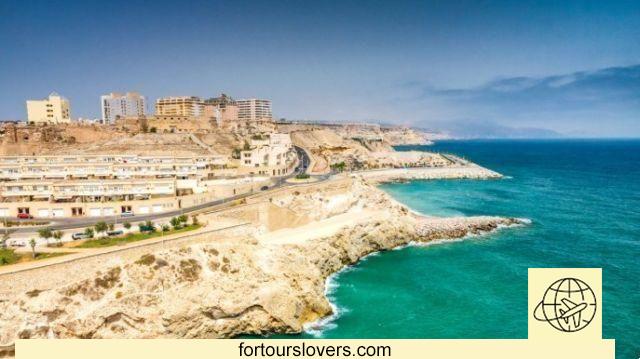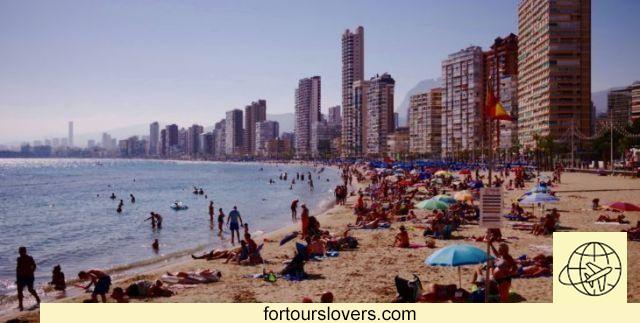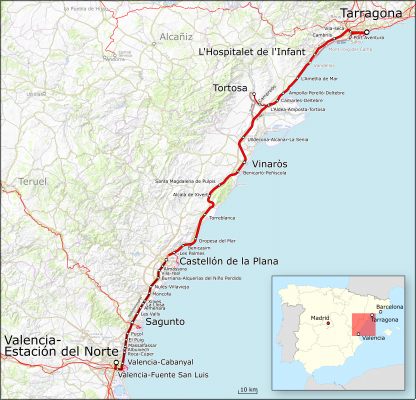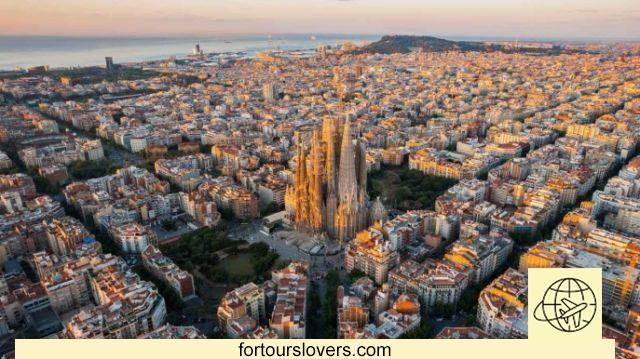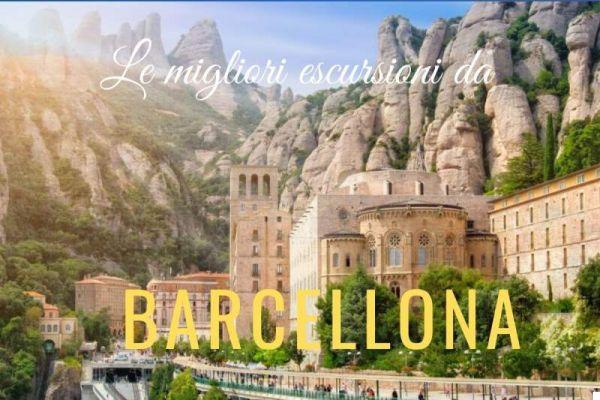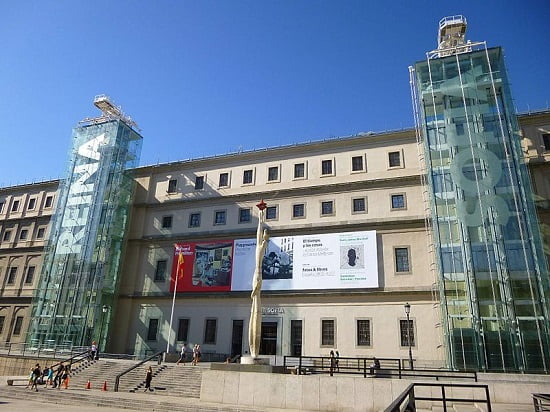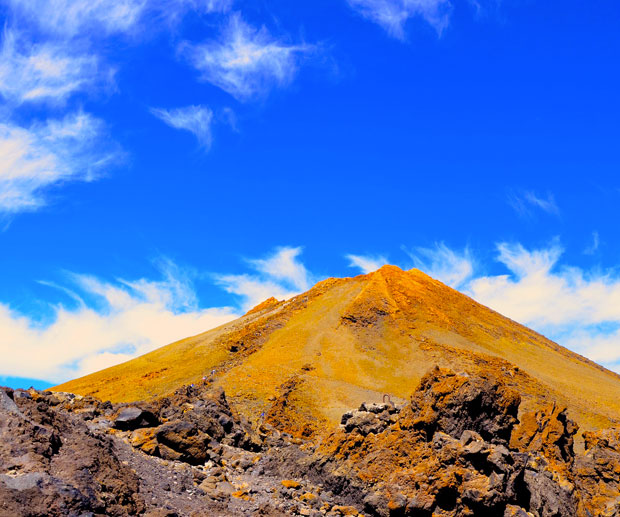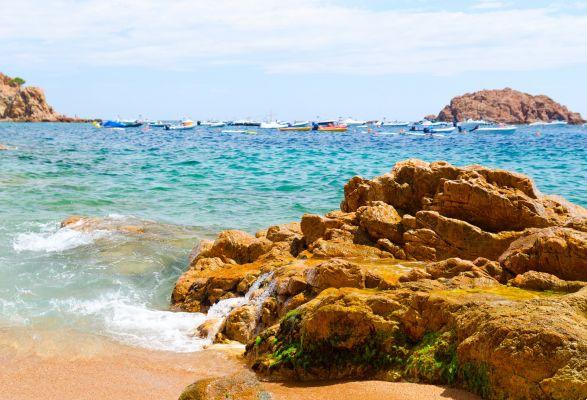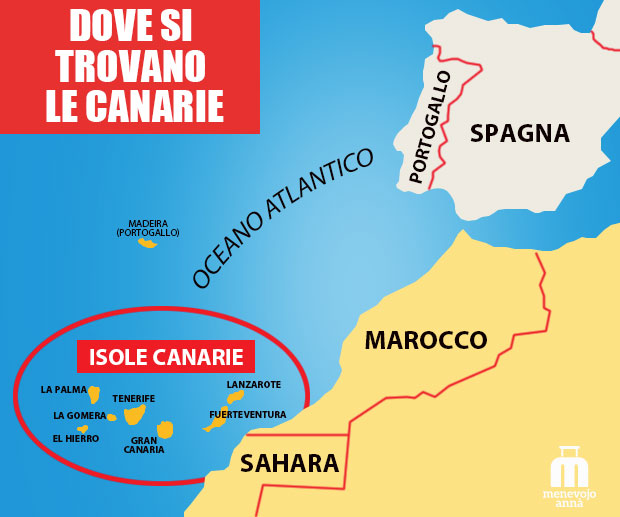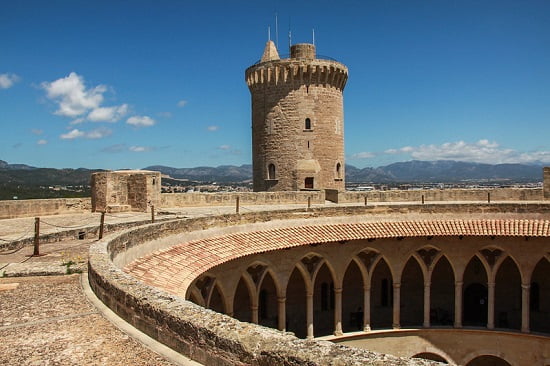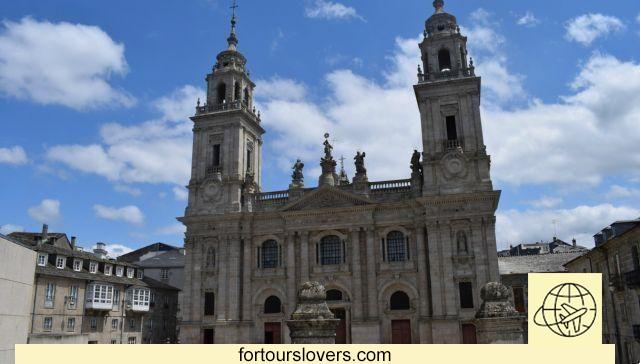
Lugo is a small fortified city, built in Spain by the Romans in a privileged position overlooking the valley. Its Roman walls, perfectly preserved, make it unique in the world as well as a world heritage site. Lugo is the ideal place to spend a quiet holiday surrounded by greenery. Nestled in a mountainous area, Lugo is, in fact, the heart of Galicia and a truly particular example of union between the traditional rural landscape and the Atlantic ecosystems.
Start by choosing one of the five stairs that will take you up. roman walls. Ten meters from the fortified city, you will embrace Lugo at a glance, with all its ancient streets and the spiers of the cathedral in the foreground. Looking up a little you will notice the greenery that surrounds the town and the slowly flowing waters of the Miño that will make your vacation in Spain an unforgettable naturalistic experience.
As you leave the fortified city, enjoy a short tour of the Old neighborhood from Lugo. Start by visiting the Cathedral of Santa María and then make a stop at one of the bars in Praza do Campo to immerse yourself in the atmosphere of the city, made of slowness and knowing how to live. If you choose to "burn" here you will not be disappointed with the octopus and seafood that arrive fresh from the ocean, which is located just 100 kilometers from Lugo.
Before leaving the center of Lugo, go to Rosalía de Castro Park, the first green lung of the city as well as an extension of gentle hills and trails in which you can get lost for a whole day. Leaving Lugo, head 13 kilometers towards Santa Eulalia de Bóveda, the mysterious monumental complex dating from the 1931th-XNUMXth century AD. and of which the original function is ignored. Declared a National Monument of Spain in XNUMX, the building is partially buried. Inside you can admire late Roman sculptures and wall paintings of vegetal, geometric and figurative motifs.
The walks continue in the forested areas of the Miño River, a few dozen kilometers from the lively center of Lugo. Few cities in Spain have nature as intact and peaceful as this town. If you love authentic places, a walk through the wooded area of Parga-Ladra-Tàmoga is for you. Definitely unknown to mass tourism, this green oasis will not disappoint you. Don't miss the Oteiro suspension bridge; We find it along a circular path that leads to the river.
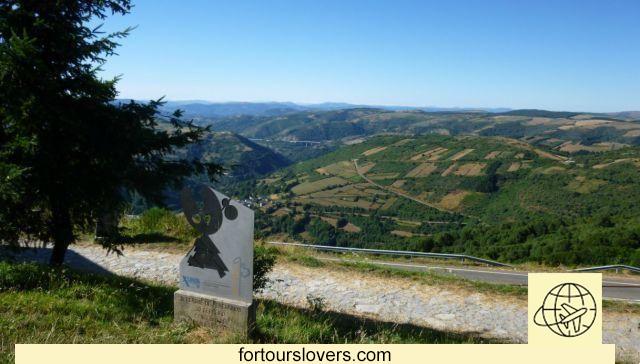
Lugo is also close to two other rivers: the Mera and the Rata. Along the Mera, take the tree-lined road that borders it and let yourself be guided by the sweet sound of its waters. The people of Lugo do it systematically to recover. You can also choose to travel some sections of the two rivers. canoe, Live the city and its natural spaces from within. Or you can go to the different equestrian centers and take a horseback ride, among the shade of the plants and the sweet sound of the river.
The Lands of the Miño offer a great wealth of landscapes. The 26 municipalities that make up the territory have a strong agricultural tradition that has its origins in the history of Galicia. Lugo is an excellent stop to walk through the fragas, i ocean forests, on which types of trees typical of humid areas such as oak, chestnut, holly and birch grow. The Miño is rich in river islands where, sheltered from confusion, beautiful lake systems proliferate protected by the nature reserve.
Moving along the N-VI you will have easy access to all the municipalities that are part of the territory of Terre del Miño. El Mazo de Santa Comba is a complex where you will see how water is used for a multitude of activities: from producing electricity, to grinding wheat, to operating a sawmill. In the town of O Corgo, a few kilometers from Lugo, is the ethnographic complex of waterfall forest dating back to the 16th century. The mill, forge, looms, clog workshop and other traditional activities are certainly worth the trip.
Lugo is also an excellent starting point for day trips. El Cebreiro, a small town on the Camino de Santiago where a Grail is kept, considered holy by some and miraculous by others. But the town is also famous for the pallozas, the stone houses with thatched roofs, from pre-Roman times. One of them is now an ethnological museum with free admission. To see the Gral, however, you have to enter the pre-Romanesque church; During the winter the bells rang to help pilgrims find their way through the fog.




